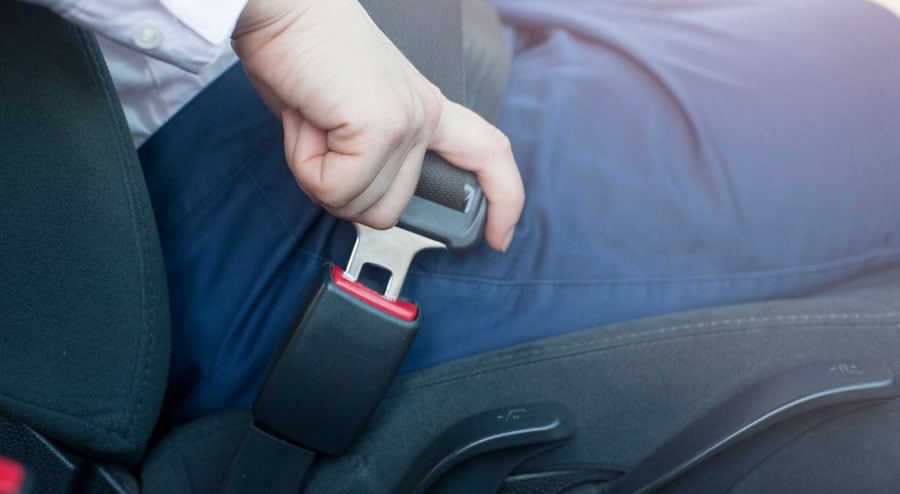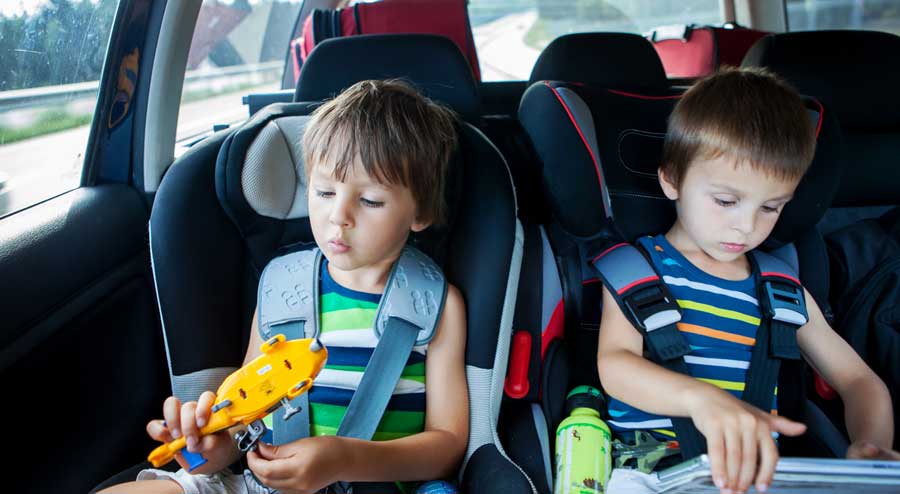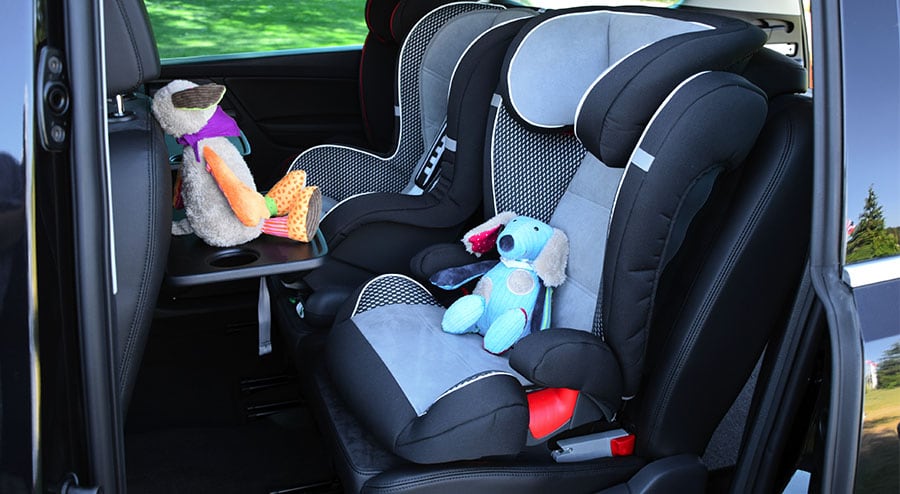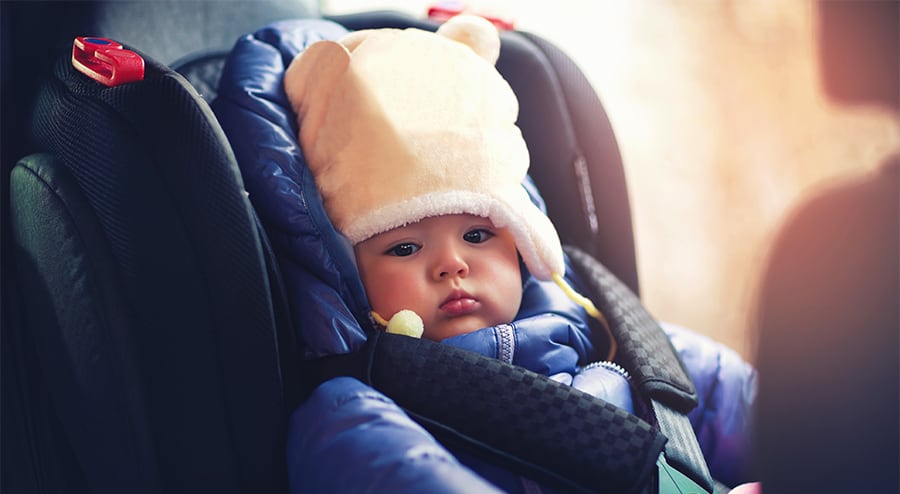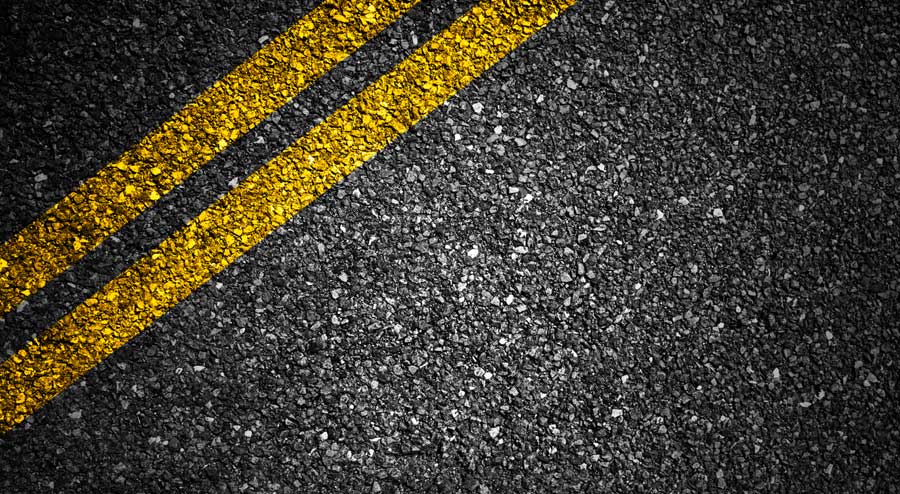Without question, the first requirement when buying a seat for child passenger safety is to make sure that it is the right fit for your child. As all parents know, children can grow very quickly and use of a wrong safety seat can not only make your child uncomfortable and create sitting pains after a prolonged period of time, but it can also put your child in danger during an accident.
When judging the requirements of any child car seat, including the booster seat, it is of prime importance to fit the seat, and the vehicle in general, to the needs of your family. It is much more prudent to buy a new seat even for a year than to put your child in danger of any injury. In the end, you can always sell your booster seat to other parents once your children no longer need it.
Car Requirements
The main requirement for a car that is going to house a safety seat is for it to have both a lap belt and a shoulder belt and that the car manufacturer has stated in their manual that the back seat is set to include both rear-facing car seats and forward-facing car seats. If your car only has a lap belt in the back seat, it is impossible to properly use a booster seat and you will be required to find a front-facing car seat that has a harness included that will fit your child.
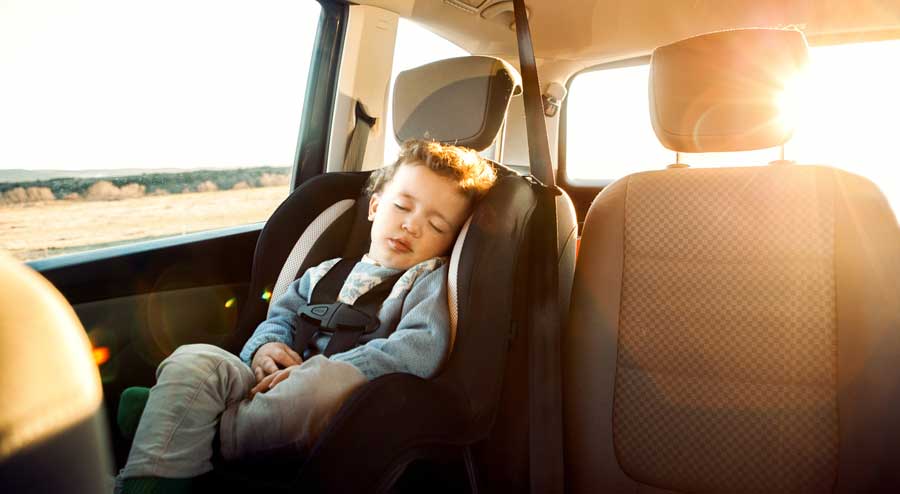
Finding a larger safety seat with a harness can sometimes be tricky, but it is the only safe option for your child, and it is usually much less expensive than buying a new car. Aside from regular belts, any car that has the declared option of putting in a safety seat has two latches inside the back seat, usually snugged between the back and the bottom, that is used to secure the booster seat in place.
These latches provide two benefits for your child, one of them being the ease of getting in and out of the safety seat without it moving or shifting underneath them, and the other being the safety reason in the event of an accident, where unlatched safety seats can shift their base (which is heavier than the backrest) and thus injure your child.
The last car requirement, if all others are met, is the size of the vehicle. While for many parents it is a common sense move to buy a car that can fit their whole family, sometimes the beauty of smaller models can pull us in, making us chose a poor option for our children. There are some compact cars that officially have the requirements for a booster seat, but have too little leg room and thus it forces the child to rest its knees and feet on the front seat of the car.
This is uncomfortable for the child, and for the person sitting in front of the child, and can create some leg injuries in case of an accident. Your child should use only the back seat at all times, at least until the age of twelve, and preferably until it is over five feet tall and has little chance of injury in the front seat, even when there is no more need for a booster seat in the back.
Seat Key Features
There is a considerable difference in features between those seats that have a high back and those that only consist from a cushion in the bottom and the safety they both provide are dependent on the size of both your child and your vehicle. The main thing to look for in all models is whether your child fits in the vehicle properly, if the lap belt is placed on the upper thighs or hips and not on the belly, and if the shoulder belt is placed right over the chest, not touching the neck at any time.
If these requirements are met, your child will be fine at all times. Another requirement for all safety seats is the age of the seat. Seats do suffer from general wear and tear and can break over time, even when they seem fine at a glance. You should check the sticker on the seat and see if the warranty of the seat has expired.
For backless safety seats this is not the most important thing as they usually have no harnesses and latches that can expire, but for more bulky seats that do latch on the car itself, it is very important not to use very old seats. This warranty period is usually around six years, but you should check the manufacturer manual to be sure, and safe.
High Back Safety Seat
Booster seats that include a high back can be considered a hybrid between a front-facing car seat for younger children and the backless booster that the child will use up until they can use the built-in car safety belts properly. Unlike the front-facing car seat, the booster seat with a high back relies on the car’s safety belts and not a harness that is part of the seat itself.
This seat can only be used in vehicles that have a lap belt in the back seat and it is very advisable to use it only in cars that have latches for securing the safety belt in the back. The main feature of any safety seat is whether the young passenger is safe, and for a high back booster seat, this means several things.
Most models with the high back have side panels on the headrest that are used to protect your child’s head and neck from any sudden movements of the whole vehicle. The maximum height of your child when using this kind of safety seat is when the top their ears don’t pass the top of those panels and when the child can easily rest the back of the head on the backrest without looking up or slouching their back.
This ensures the safety of the head and neck and provides a comfortable ride for the child. As many parents opt for this model very early on, it is important to be sure that the safety belts are in the correct positions. Sometimes, using the belt on their own will make the shoulder belt pass the neck or face and the lap belt to be on the stomach, making the seat unsafe.
If this is the case for your child, find a model that has an adjustable guide for the belt, which will set the belts in place and create the maximum usage time for the whole seat. Once your child has grown, you will be able to place the belt without these additions without any concerns for safety or comfort. The last concern when checking if your safety seat fulfills all of the requirements is to see if your child’s legs are in the proper position when using it.
When in an upright position, the child should be able to bend the knees fully, as when sitting on a chair, and not to touch the front seat of the car. If your child can’t bend the knees fully, it is not yet ready for a booster seat, and if their knees are touching the front seat, it is then time to change to a backless booster model.
Backless Seat
The backless booster model is the last safety seat your child will use until they are ready to use the seat belts of the car itself unassisted. While this is the simplest model of a safety seat, this doesn’t mean that there are no requirements that should be met before letting your child in it.
As with all other safety seats, the most important thing for the seat is to provide proper safety for the child. Belts over the hips and across the chest, without the seat moving either while driving or as the child is getting in it. For the backless booster seat, the two main requirements are the leg position of the child and the ability for the child to sit up straight for prolonged periods of time without slouching or becoming irritated.
The leg position is quite obvious at a glance as you can clearly see if the child can bend their knees and is not touching the front seat. The back issue is somewhat harder to detect and should be inspected during driving. Your child’s head should easily rest on the backrest of the car and there should be no bending of the waist for the child to fully rest their back on the car seat itself.
It is important to mention that you should never use a backless booster seat if your car doesn’t have a headrest in the back seat and, in this case, you should opt for a larger high back model or a new car. This is also the case if your child needs to bend their waist so to “fall in” into the seat, which makes the whole ride very uncomfortable and can create injuries if there is an accident.
Safety Vest
In some cases, belt-positioning booster seats can be unable to provide your child with enough security while driving, either because of the specifications of the car or because of any special needs, your child might have. In these cases, it is best to use a safety vest, that can be used for almost any size and age of the child and that can be adjusted to fit almost any model of vehicle. If you are unable to find a booster seat that is a right fit for your child, you may want to choose a safety vest instead.
Sources
- http://newsmom.com/should-your-10-year-old-use-a-booster/
- http://www.crescentfordtrucksharahan.com/blog/2017/september/12/which-booster-seats-are-the-safest-for-your-child.html
- https://scottsdale.citymomsblog.com/2017/06/05/mifold-booster-seat-review/
- https://www.faleslaw.com/car-seat-safety-laws.html


